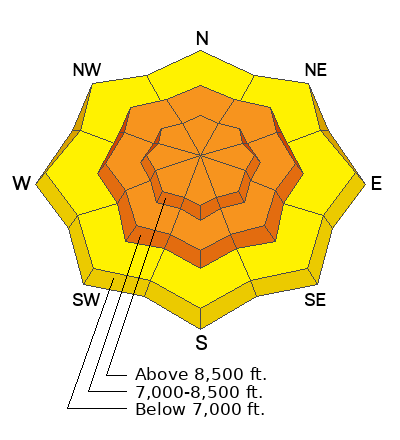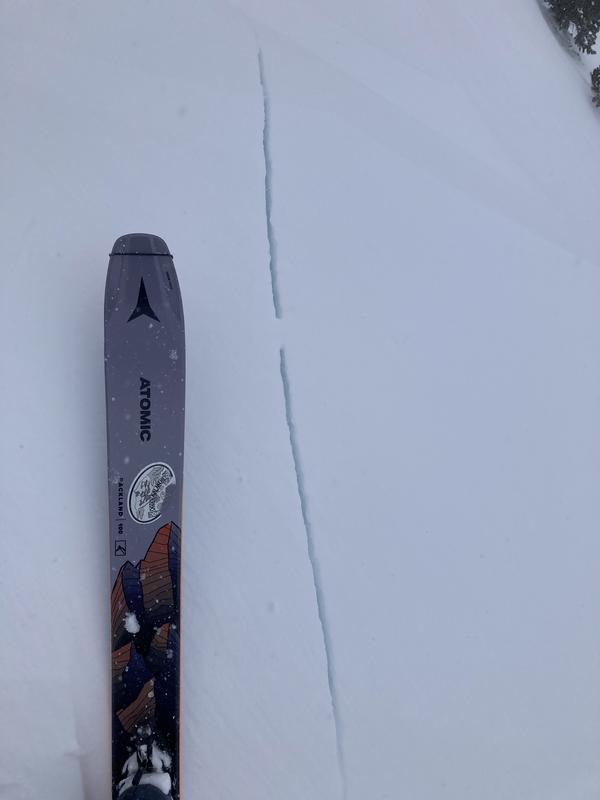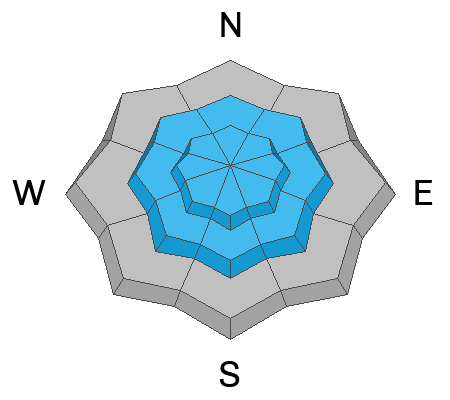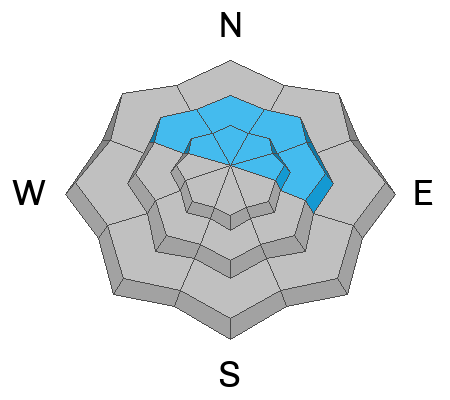Forecast for the Ogden Area Mountains

Issued by Paige Pagnucco on
Tuesday morning, February 18, 2025
Tuesday morning, February 18, 2025
The avalanche danger is CONSIDERABLE on upper and mid-elevation slopes. Human-triggered avalanches are likely on most slopes, especially on those with buried weak layers. MODERATE danger exists in low-elevation terrain and human-triggered avalanches are possible.
My travel advice today is to avoid avalanche terrain. If you do travel in avalanche terrain, take all necessary precautions - cross or ride one at a time, watch from a safe spot, and have and know how to use avalanche rescue gear.

Low
Moderate
Considerable
High
Extreme
Learn how to read the forecast here









